|
The World Heritage Committee has inscribed 13 new sites in Europe, Asia and the Middle East to Unesco’s World Heritage List

Tom Anstey | Planet Attractions | 27 Jul 2021
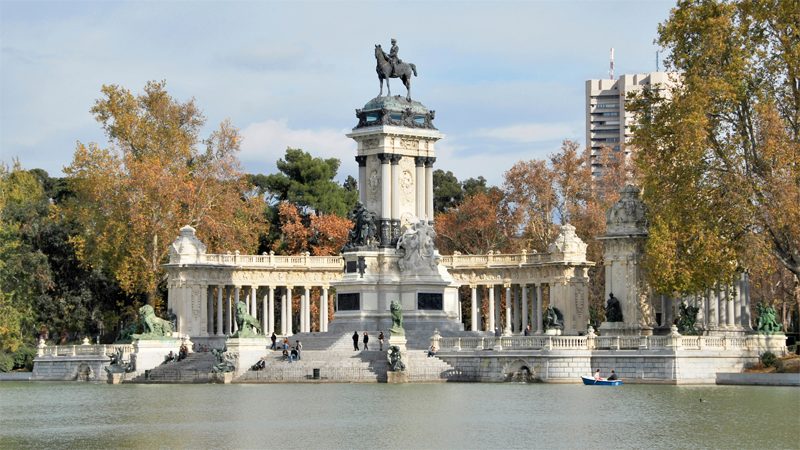
 The combination of Paseo Del Prado and Retiro Park represent one of the new additions to the World Heritage List Credit: Canva The combination of Paseo Del Prado and Retiro Park represent one of the new additions to the World Heritage List Credit: Canva
One of Europe’s most famous streets is among 13 new additions to Unesco’s World Heritage List, with the new sites from locations across the world inscribed during the 44th session of the World Heritage Committee.
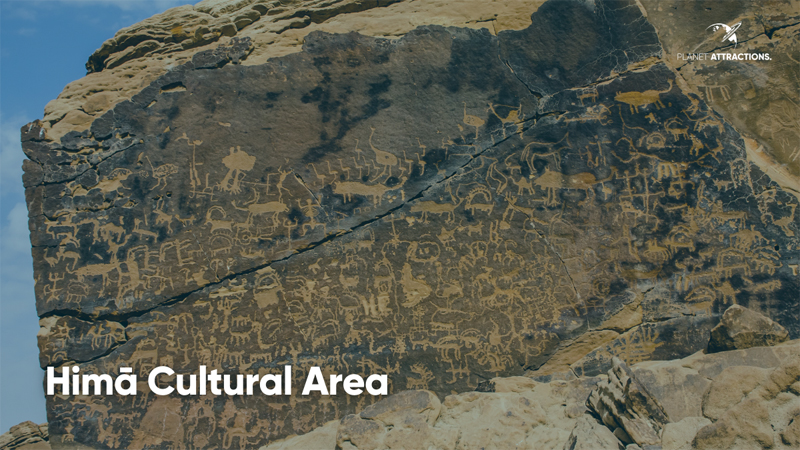
Saudi Arabia’s Himā Cultural Area is the first of the new additions to the list.
Located in an arid, mountainous area of southwest Saudi Arabia, on one of the Arabian Peninsula’s ancient caravan routes, Himā Cultural Area contains a substantial collection of rock art images depicting hunting, fauna, flora and lifestyles in a cultural continuity of 7,000 years.
Through that time, travellers and armies camping on the site have left a wealth of rock inscriptions and petroglyphs, most of which are preserved in pristine condition.
The inscriptions come in a number of languages, including Musnad, Aramaic-Nabatean, South-Arabian, Thamudic, Greek and Arabic.
The property and its buffer zone have also been included, as they are rich in unexcavated archaeological resources in the form of cairns, stone structures, interments, stone tool scatters and ancient wells.
The location is also the oldest known toll station, where the wells of Bi’r Himā date back at least 3,000 years and still produce fresh water.
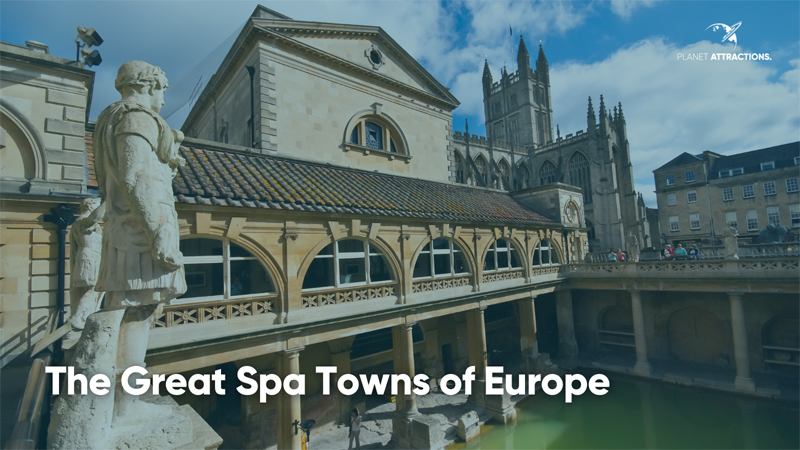
Set across much of Europe, including Austria, Belgium, the Czech Republic, France, Germany, Italy and the UK, the transnational site of The Great Spa Towns of Europe comprises 11 towns.
Located across the seven nations, the locations include: Baden bei Wien in Austria; Spa in Belgium; Františkovy Lázně, Karlovy Vary and Mariánské Lázně in the Czech Republic; Vichy in France; Bad Ems, Baden-Baden and Bad Kissingen in Germany; Montecatini Terme in Italy; and City of Bath in the UK.
All of these towns developed around natural mineral water springs and bear witness to the international European spa culture that developed from the early 18th century to the 1930s, leading to the emergence of grand international resorts that impacted urban typology around ensembles of spa buildings such as the kurhaus and kursaal (buildings and rooms dedicated to therapy), pump rooms, drinking halls, colonnades and galleries designed to harness the natural mineral water resources and to allow their practical use for bathing and drinking.
Related facilities include gardens, assembly rooms, casinos, theatres, hotels and villas, as well as spa-specific support infrastructure. These all integrate into an overall urban context that includes a carefully managed recreational and therapeutic environment in a picturesque landscape.
According to Unesco, together, these sites “embody the significant interchange of human values and developments in medicine, science and balneology”
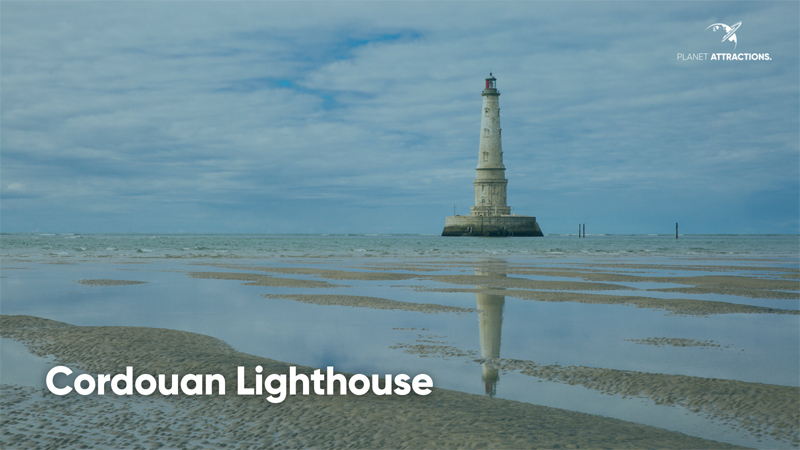
The next addition to the World Heritage List is France’s Lighthouse of Cordouan - a white limestone structure, which rises up on a shallow rocky plateau in the Atlantic Ocean at the mouth of the Gironde estuary.
Built at the turn of the 16th century, it was designed by engineer Louis de Foix and remodelled by engineer Joseph Teulère in the late 18th century.
Described by Unesco as a “masterpiece of maritime signalling”, the tower is decorated with pilasters, columns, modillions and gargoyles, embodying “the great stages of the architectural and technological history of lighthouses”.
The structure, says Unesco, was built with the ambition of continuing the tradition of famous beacons of antiquity, illustrating the art of building lighthouses in a period of renewed navigation, when beacons played an important role as territorial markers and as instruments of safety.
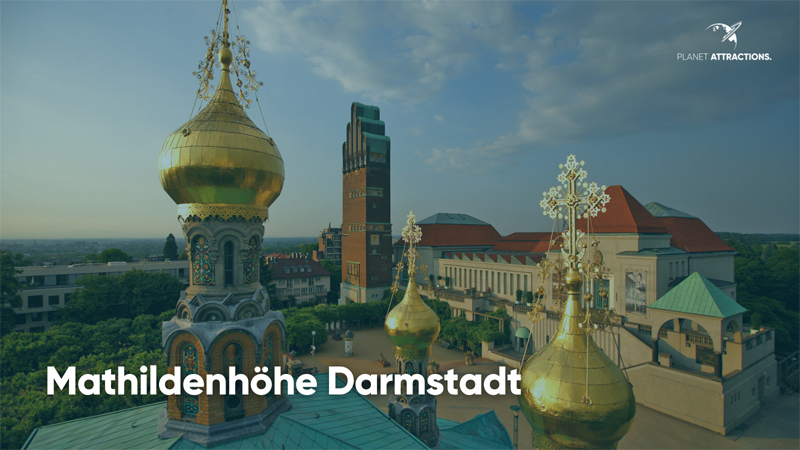
A new addition for Germany, sees Mathildenhöhe Darmstadt - the highest elevation above the city of Darmstadt in west-central Germany, added to the World Heritage List.
The Darmstadt Artists’ Colony on Mathildenhöhe was established in 1897 by Ernst Ludwig, Grand Duke of Hesse, as a centre for emerging reform movements in architecture, arts and crafts.
With its formation, the buildings of the colony were created by its artist members as experimental early modernist living and working environments.
The colony was then expanded during successive international exhibitions in 1901, 1904, 1908 and 1914. Today, it offers a testimony to early modern architecture, urban planning and landscape design, all of which were influenced by the Arts and Crafts movement and the Vienna Secession.
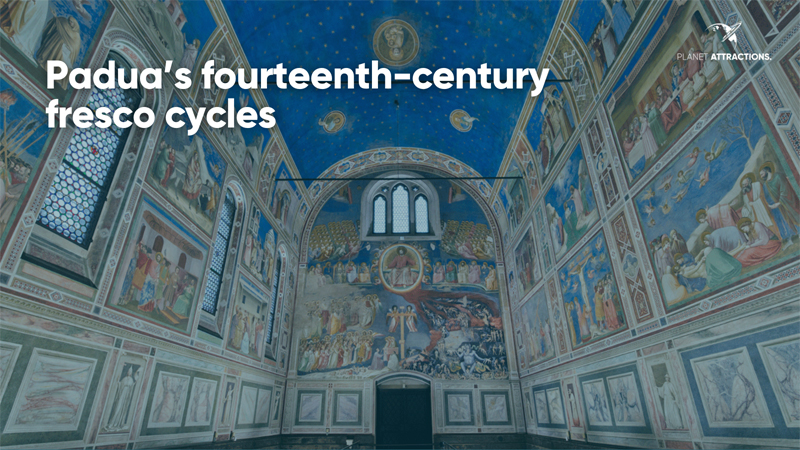
Based in the walled city of Padua, Italy, the next addition is composed of eight religious and secular building complexes that house a selection of fresco cycles painted between 1302 and 1397 by different artists for different types of patron and within buildings of diverse functions.
The frescos include Giotto’s Scrovegni Chapel fresco cycle, considered to have marked the beginning of a revolutionary development in the history of mural painting, as well as other fresco cycles of different artists, namely Guariento di Arpo, Giusto de’ Menabuoi, Altichiero da Zevio, Jacopo Avanzi and Jacopo da Verona.
As a group, says Unesco, these fresco cycles illustrate how, over the course of a century, fresco art developed along a new creative impetus and understanding of spatial representation.
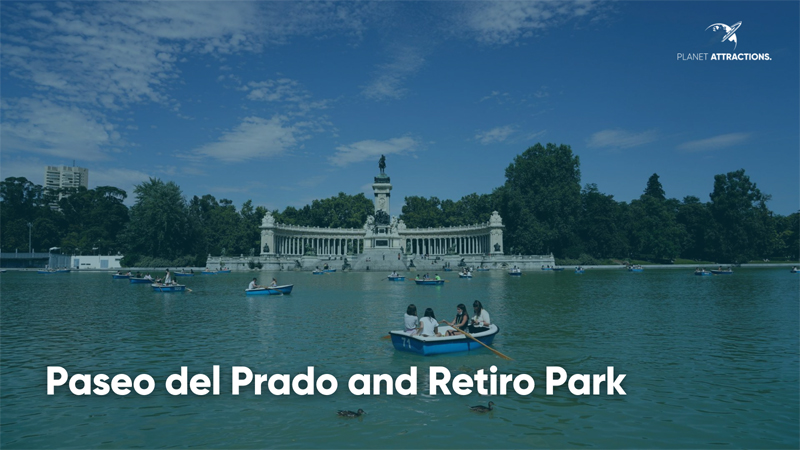
One of Europe's most famous streets - the tree-lined Paseo del Prado in the Spanish capital of Madrid, has been added to the Unesco World Heritage list - along with the adjoining Retiro Park.
Home to several prestigious buildings, including the Prado Museum, the Paseo features a number of historic structures, including squares with historic marble sculptures and fountains such as the Plaza de Cibeles, which Unesco describes as "an iconic symbol of the city".
The Paseo was also the first street of its kind to be open to all citizens - previously park-like boulevards were only open to the upper classes.
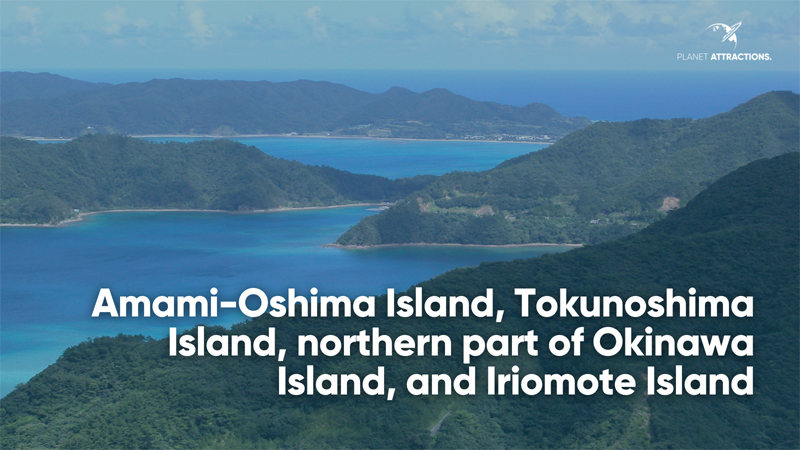
Covering 42,698 hectares of subtropical rainforests on four islands on a chain located in the southwest of Japan, the serial World Heritage site forms an arc on the boundary of the East China Sea and Philippine Sea.
Entirely uninhabited by humans, the natural site has high biodiversity value with a very high percentage of endemic species, many of them globally threatened.
The site is home to endemic plants, mammals, birds, reptiles, amphibians, inland water fish and decapod crustaceans. Among these are the endangered Amami Rabbit and Ryukyu Long-haired Rat, with both species representing ancient lineages and have no living relatives anywhere in the world.
Five mammal species, three bird species, and three amphibian species in the property have been identified globally as Evolutionarily Distinct and Globally Endangered (EDGE) species.
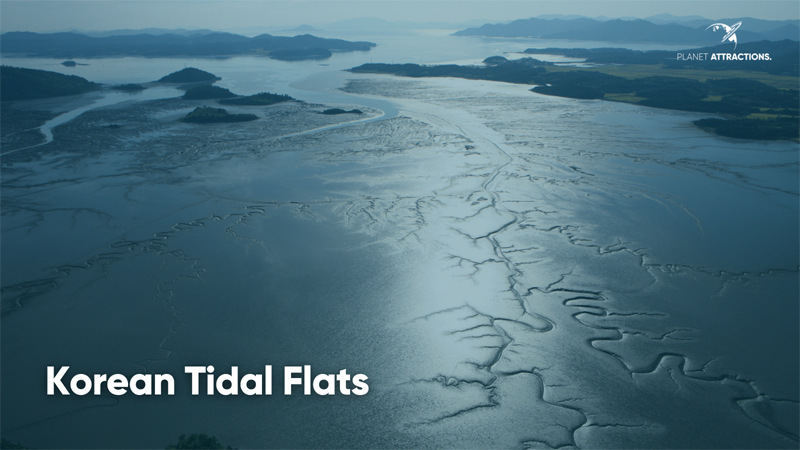
Also a natural addition to the World Heritage List, the Korean Tidal Flats comprises four sites - Seocheon Getbol, Gochang Getbol, Shinan Getbol and Boseong-Suncheon Getbol.
The combined area exhibits a complex combination of geological, oceanographic and climatological conditions that have led to the development of coastal diverse sedimentary systems.
Biodiversity on-site is rich, with reports of 2,150 species of flora and fauna, including 22 globally threatened or near-threatened species.
The site, says Unesco, “demonstrates the link between geodiversity and biodiversity, and demonstrates the dependence of cultural diversity and human activity on the natural environment”.

Located along the Thailand side of the Tenasserim mountain range, the Kaeng Krachan Forest Complex is a cross-roads between the Himalayan, Indochina, and Sumatran faunal and floral realms.
Dominated by semi-evergreen/dry evergreen and moist evergreen forest with some mixed deciduous forest, montane forest, and deciduous dipterocarp forest, a number of endemic and globally endangered plant species have been reported in the property, which overlaps with two Important Bird Areas and is noted for its rich diversity of birdlife, including eight globally threatened species.
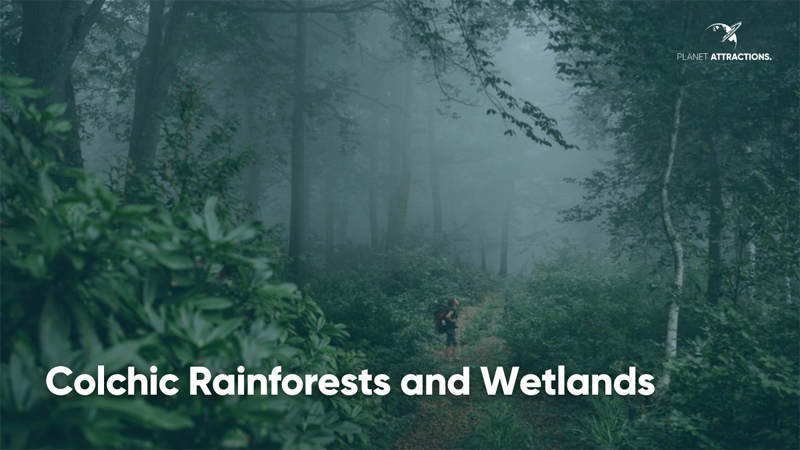
An 80km long corridor along the warm-temperate and extremely humid eastern coast of the Black Sea. Georgia’s Colchic Rainforests and Wetlands comprise a highly diverse range of flora and fauna, with very high densities of endemic and relict species, with significant numbers of globally threatened species.
Among its inhabitants, the site harbours 19 threatened animal species including sturgeon, notably the critically endangered Colchic Sturgeon.
The area is also a key stopover for many globally threatened birds that migrate through the Batumi bottleneck.
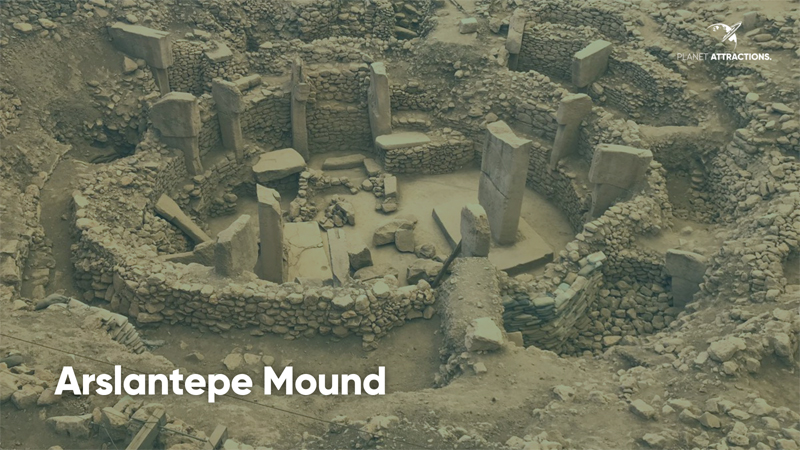
Dating back some 8,000 years, Arslantepe Mound – meaning "Lion Hill" – is one of Turkey's earliest religious and civil sites.
Archaeological evidence from the site testifies to its occupation from at least the 6th millennium BCE up until the late Roman period. Considerable evidence also testifies to the Early Bronze Age period, most prominently identified by the Royal Tomb complex.
The long history of the site, located at the crossroads of the main civilisations of the Near East, reveals crucial events and processes of change in connection with the contemporary developments in Mesopotamia, Anatolia, and the South Caucasus.
For more than 50 years, archaeological excavations have brought to light rich material remains of the many civilisations that called the site home, from their formation to their collapse.
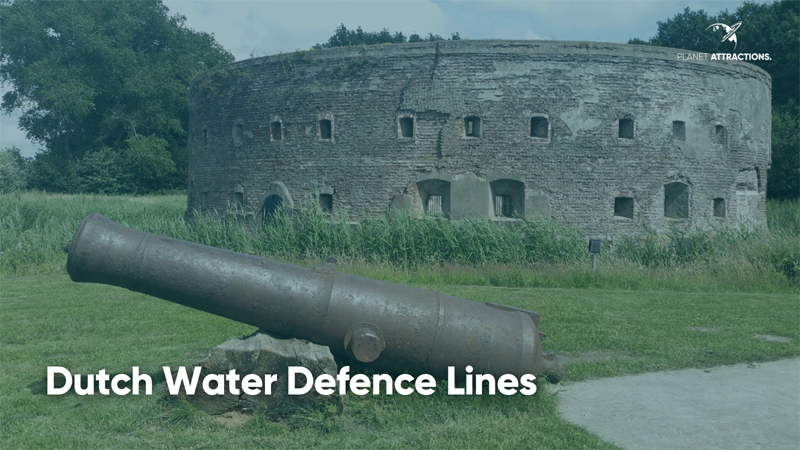
Despite concerns they are not being properly protected, the Dutch Water Defence Lines are being officially included on the World Heritage List.
The committee in June said that the Netherlands should revise its application for the water defences, which were designed to keep out invaders by the controlled flooding of a chain of spaces to a depth of up to a metre.
The inundation line was laid in the 19th and 20th centuries and runs from Fort Naarden to Fort Steurgat in the Biesbosch. The line consists of a system of waterworks and over 1,000 forts, casemates, sluices and wooden houses.
The listing illustrates a single military defence system, which was based on inundation fields, hydraulic installations and on a series of fortifications and military posts stretching over an area of 85 km.
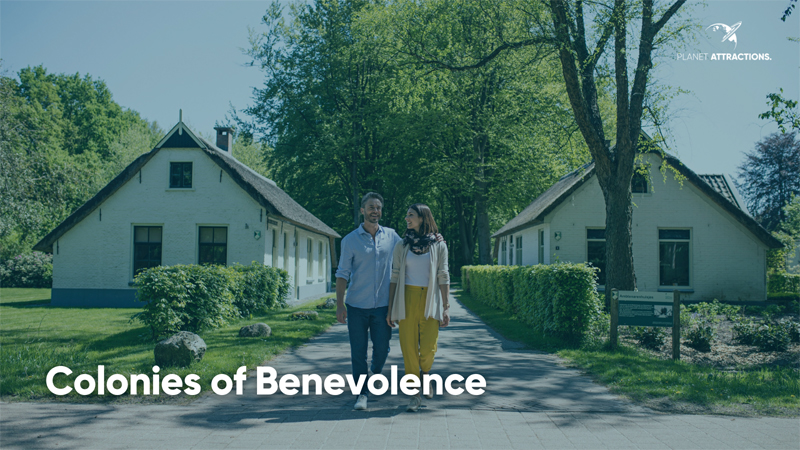
This transnational addition to the World Heritage List encompasses four settlements, with one colony in Belgium and three in The Netherlands.
Together, says Unesco, they bear witness to a 19th century experiment in social reform - an effort to alleviate urban poverty by establishing agricultural colonies in remote locations.
Established in 1818, Frederiksoord in the Netherlands is the earliest of these colonies and home to the original headquarters of the Society of Benevolence - an association which aimed to reduce poverty at the national level.
Also in the Netherlands are the colonies of Wilhelminaoord and Veenhuizen, while in Belgium is the colony of Wortel.
At their peak in the mid-19th century, over 11,000 people lived in such colonies in the Netherlands. In Belgium their number peaked at 6,000 in 1910.
Heritage
|
|

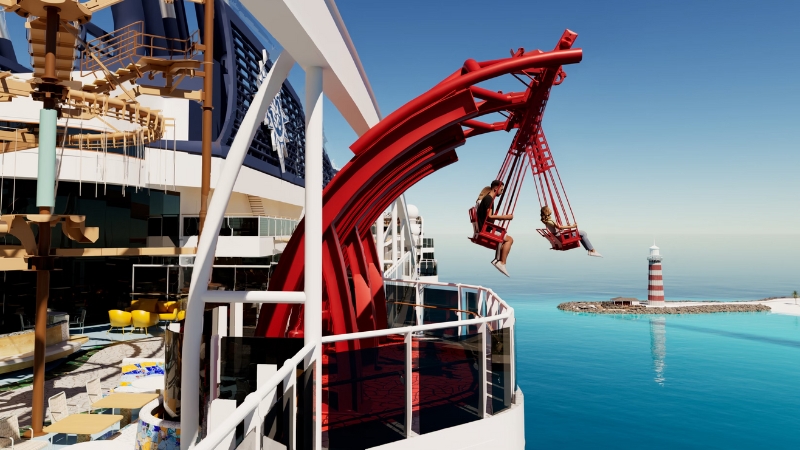



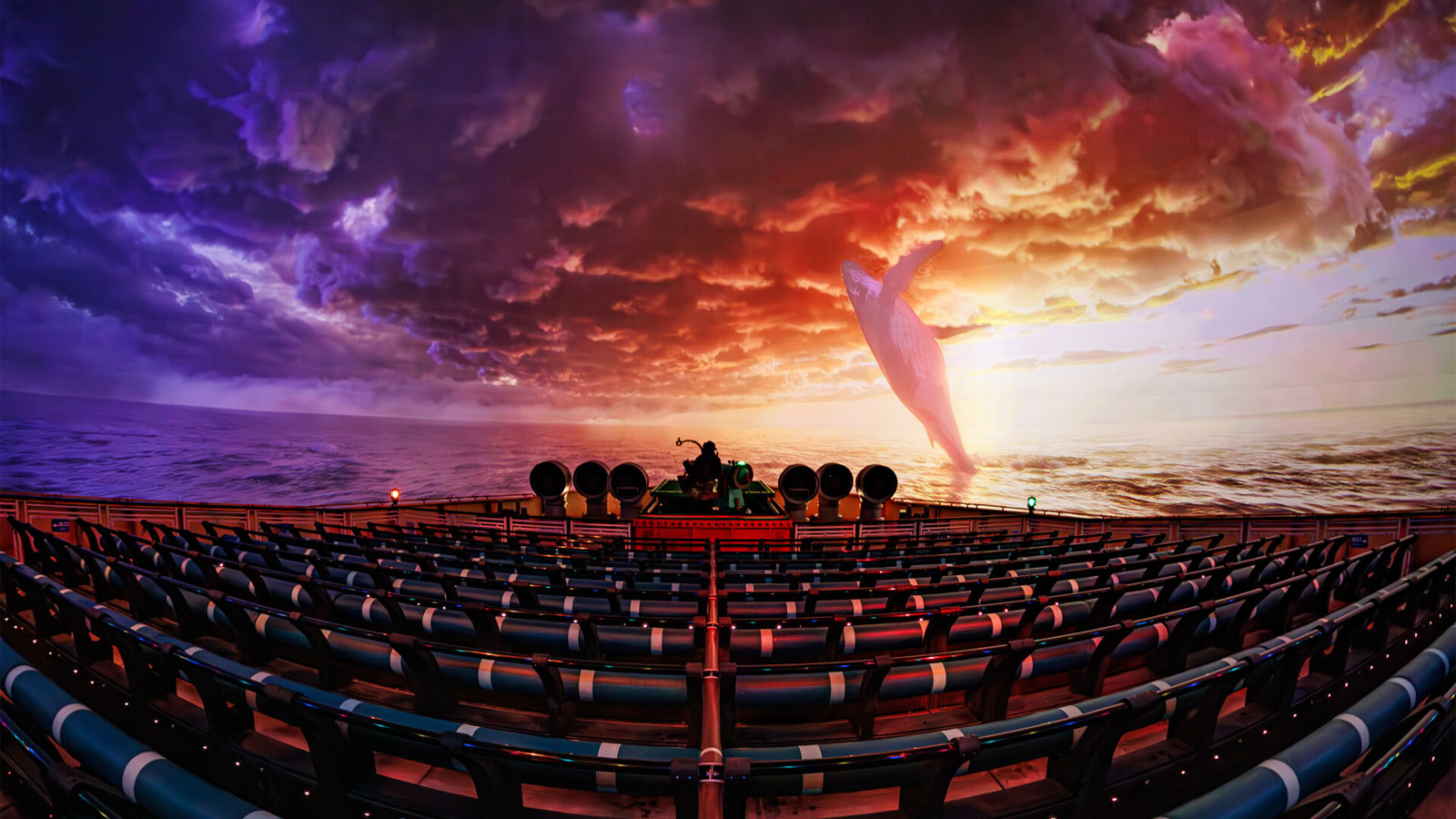
Storm surge: How Chimelong Spaceship’s award-winning and record-breaking Bermuda Storm was brought to life
|